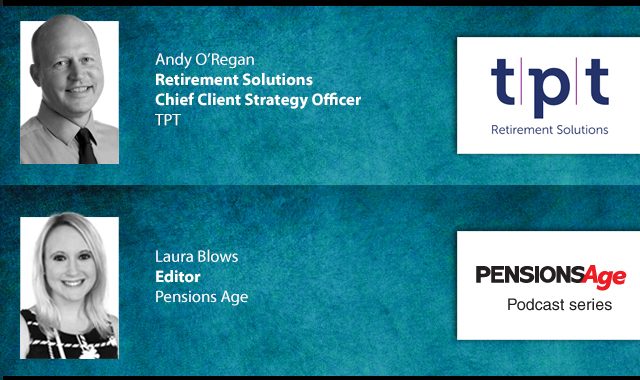Faltering investment returns mean younger workers will need to work for a decade longer or take more risks with their pensions to match previous generations’ retirement pots, according to LCP.
Illustrating this point, LCP said a new worker with a starting salary of £22,437 per annum saving 8 per cent of ‘qualifying earnings’ into a pension from age 22 in today’s money would have netted them a pension pot of £236,800 by the age of 68 with expected investment returns from 2007, compared to just £157,700 with investment returns from a decade later.
For the latter worker, achieving a pot of £236,800 would mean the individual would have to work and contribute to their pension until the age of 78 or take more investment risk by moving fully into equities.
Additionally, LCP noted that around five in six workers who are automatically enrolled into a workplace pension will be invested in a default fund, which it said may tend to be too cautious for younger investors.
One problem identified was that some members simply do not know they can generally change the investment mix.
The mix varies from fund to fund, but LCP pointed out that research from EY indicated that master trusts’ asset allocations varied from just over a third (35 per cent) in equities to 100 per cent in equities, demonstrating the need for younger savers to monitor their own fund’s mix.
LCP partner, Dan Mikulskis, said: “Falling investment returns are a challenge for all investors and a common recommendation is to save more to make up. But there are other options, including working for longer or taking more investment risk.
“Millions of young people in particular are currently invested in ‘default funds’ which are designed to be broadly suitable to a wide range of investors. Many of these are designed with an aim to manage risk.”
He acknowledged that “taking more investment risk is always a tricky balance”, but said taking more risk on now could set younger savers on course to avoid working in their 70s and urged all investors to ask “the question what the right level of investment risk is for them”.
Interactive Investor head of pensions and savings, Becky O’Connor, commented: “The thought of having to work until almost 80 years old is enough to fill even the most active and ambitious among us with dread.
“It should at least be enough to encourage a closer examination of our pension funds to see if they are working hard enough – so we can eventually stop working. Any small changes made now to boost the growth potential of your pension could save years of graft later on.
“Taking more risk with a pension - your life savings - might sound counter intuitive, but actually in today's ‘lower for longer’ growth environment, low interest rates and rising inflation, it is a sensible strategy, provided you are investing for the long term.”
Latest News
-
Pensions dashboards one step closer to reality as first provider completes connection
-
Half of UK adults 'in the dark' about state pension entitlement
-
Countdown to the Pensions Age Spring Conference begins
-
Sainsbury's DB surplus rises to £731m following fall in liabilities
-
News in brief - 17 April 2025
-
This week in pensions: 14-17 April 2025
Being retirement ready
Gavin Lewis, Head of UK and Ireland Institutional at BlackRock, talks to Francesca Fabrizi about the BlackRock 2024 UK Read on Retirement report, 'Ready or not. How are we feeling about retirement?’
Time for CDI
Laura Blows speaks to AXA Investment Managers (AXA IM) senior portfolio manager for fixed income, Rob Price, about cashflow-driven investing (CDI) in Pensions Age’s latest video interview
The role of CDC

In the latest Pensions Age podcast, Laura Blows speaks to TPT Retirement Solutions Chief Client Strategy Officer, Andy O’Regan, about the role of collective DC (CDC) within the UK pensions space
Keeping on track

In the latest Pensions Age podcast, Sophie Smith talks to Pensions Dashboards Programme (PDP) principal, Chris Curry, about the latest pensions dashboards developments, and the work still needed to stay on track
© 2019 Perspective Publishing Privacy & Cookies















Recent Stories